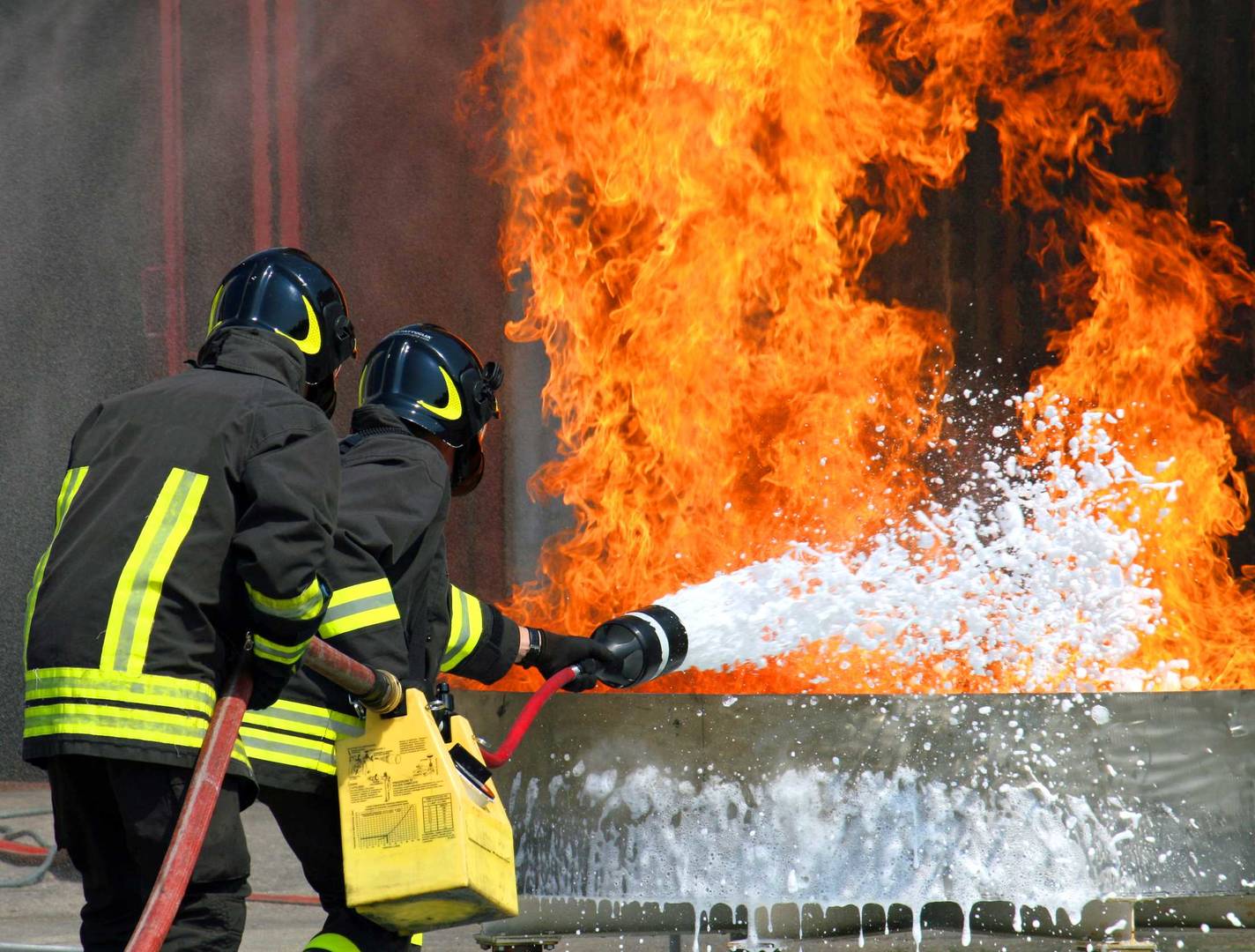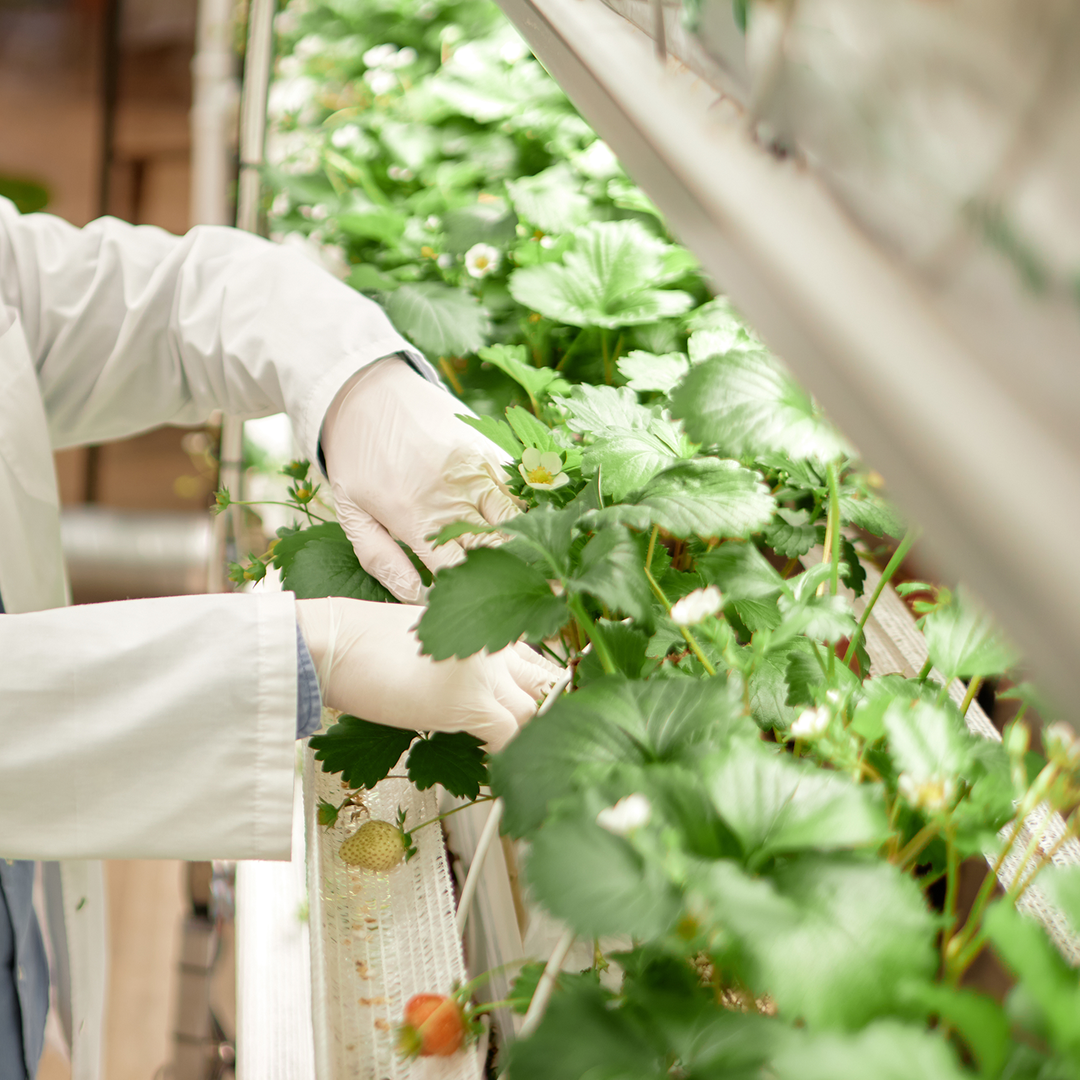EnviroMail 24 Canada
Testing for Methylmercury is Key to Understanding Mercury Toxicity
Mercury is considered to be the most toxic metal found in our natural environment, and is one of the World Health Organization’s top ten chemicals of major public health concern. Testing of environmental samples for total mercury is routine for environmental practitioners—but testing for methylmercury is equally important to predict and understand mercury’s true potential for toxic effects.

Toxicity of Methylmercury (MeHg) to Humans & Wildlife
Mercury is considered to be the most toxic metal found in our natural environment, and is one of the World Health Organization’s top ten chemicals of major public health concern. Testing of environmental samples for total mercury is routine for environmental practitioners—but testing for methylmercury is equally important to predict and understand mercury’s true potential for toxic effects.
We are all familiar with the elemental form of mercury, the dense, silver liquid formerly used in thermometers. Pure elemental mercury is the most dense liquid on earth, with a density 13.5 times greater than water. In the natural environment, mercury exists most commonly as inorganic Hg(II), or as the Hg2+ cation when dissolved in water. Although inorganic mercury is highly toxic to humans and wildlife, methylmercury—the most prevalent organic species of mercury—is in fact more than 10 times more toxic than inorganic mercury to most species of fish, invertebrates and aquatic plants, and often causes much greater environmental impacts.
Methylmercury (CH3Hg+), also known as monomethylmercury or MeHg, is a potent human developmental neurotoxicant, which is both persistent and bioaccumulative. Acute exposure to methylmercury can cause cerebral palsy, blindness, deafness, seizures, and birth defects. The worst known methylmercury poisoning episode occurred around Minamata Bay, Japan, when thousands of people were poisoned after consuming seafood tainted with methylmercury from industrial waste that had been dumped in the bay between 1932 and 1968.
A Canadian freshwater methylmercury guideline has been established for protection of aquatic life at 4 parts per trillion (4 ng/L). However, methylmercury concentrations above 0.2 ng/L may pose a risk to wildlife (CCME 2003). Environment Canada also issued a tissue residue guideline of 33 ug/kg for the protection of wildlife consumers of aquatic biota (CCME 2000).
Sources & Distribution of Mercury
Mercury occurs naturally in the environment, but is also released into the atmosphere through industrial pollution, with major anthropogenic sources including fossil fuel combustion, metal smelting, and waste incineration. Coal-fired power plants are the largest single anthropogenic source. Atmospheric mercury accumulates through deposition in streams, oceans and wetlands, where it may be transformed into methylmercury by anaerobic microorganisms. Fish and shellfish take up methylmercury through their diet. Methylmercury then biomagnifies up the food chain, by as much as 10,000–100,000 times above ambient water concentrations in upper-trophic level fish species. As a result, methylmercury comprises almost 100% of mercury content in some piscivorous fish species such as tuna, swordfish, and shark.
Diet is the primary exposure source of mercury in humans and animals, most commonly from methylmercury in fish. To limit dietary mercury exposures from contaminated fish, Health Canada has issued a maximum standard of 0.5 mg/kg (wet weight) for total mercury in most commercial fish products.
Inorganic divalent mercury [Hg(II)] is generally much more prevalent than methylmercury in surface waters, sediments/soils, and aquatic plants. Ambient levels of MeHg in surface waters tend to be extremely low (usually < 1 ng/L), with MeHg typically accounting for < 10% of total mercury content. However, in recently formed reservoirs, MeHg content can exceed 30% of total Hg due to higher microbial activity in perturbed sediments with high TOC levels. Mercury concentrations and species distribution in rain and snow tend to be similar to regional surface waters.

Coal-fired power plants: largest anthropogenic Hg source.
Test Methods for Methylmercury
ALS Canada provides routine testing services for methylmercury in waters (freshwater or marine), biota, and sediment/soil based on EPA Method 1630. For water samples, the method which uses distillation to isolate methylmercury from sample matrix interferences. Methylmercury is then converted to methylethylmercury by aqueous phase ethylation, concentrated by purge-and-trap onto a carbon based adsorbent, followed by thermal desorption, pyrolysis, and gas chromatographic separation, with detection by atomic fluorescence spectroscopy. Biota and soil/sediment samples are subjected to chemical digestion and/or organic solvent extraction prior to the ethylation step, after which the analysis procedure is the same as for waters. Table 1 presents the ALS Canada Limits of Reporting (detection limits) for routine MeHg tests.
EPA Method 1630 is a highly complex test method, and is widely recognized as the best technology available for reliable, interference-free testing of methylmercury in water, to an incredibly low detection limit of 20 parts per quadrillion (0.02 ng/L). Less sensitive techniques are unsuitable for measurement of methylmercury in ambient waters at environmentally and toxicologically relevant levels.
For comparison of MeHg versus total Hg test results, MeHg concentrations should be multiplied by 0.93 (the molecular weight ratio of Hg:MeHg) to calculate “MeHg (as Hg)”, the amount of mercury in the methylmercury form.

Sampling and Preservation Considerations for MeHg
Refer to Table 2 for sample collection and preservation details for the methylmercury tests offered by ALS Canada’s Vancouver laboratory. For dissolved methylmercury, samples should be filtered through a 0.45 μm membrane filter. Field sampling equipment (including filters) should be tested for suitability prior to use in sampling for mercury or methylmercury in water samples. Field Blanks are highly recommended. Water and soil samples should be kept cool (≤ 10°C) during shipment to the lab. For biota samples, a minimum weight of 100 mg (wet) is required to meet routine LORs, which supports non-lethal biopsy sampling (refer to EnviroMail 20). Biota samples should be frozen prior to submission to the laboratory if possible. The ALS Vancouver laboratory holds ISO 17025 accreditation for methylmercury in waters, soil/sediment, and biota; refer to our CALA scope of accreditation for current details.
References
CCME 2003. Canadian Water Quality Guidelines for the Protection of Aquatic Life, Mercury (inorganic mercury and methylmercury).
CCME 2000. Canadian Tissue Residue Guidelines for the Protection of Wildlife Consumers of Aquatic Biota, Methylmercury.
US EPA Method 1630 (2001). Methyl Mercury in Water by Distillation, Aqueous Ethylation, Purge and Trap, and CVAFS.
CCME 2016. Guidance Manual for Environmental Site Characterization in Support of Environmental and Human Health Risk Assessment. Volume 4, Analytical Methods, PN 1557.
Liang,L.; Bloom,N.S.; and Horvat,M. (1994). Simultaneous Determination of Mercury Speciation in Biological Materials by GC/CVAFS after Ethylation and Room Temperature Precollection, Clin. Chem. 40/4:602-607.
US EPA Appendix to Method 1631 (2001). Total Mercury in Tissue, Sludge, Sediment, and Soil by Acid Digestion and BrCl Oxidation, EPA-821-R-01-013.
























































